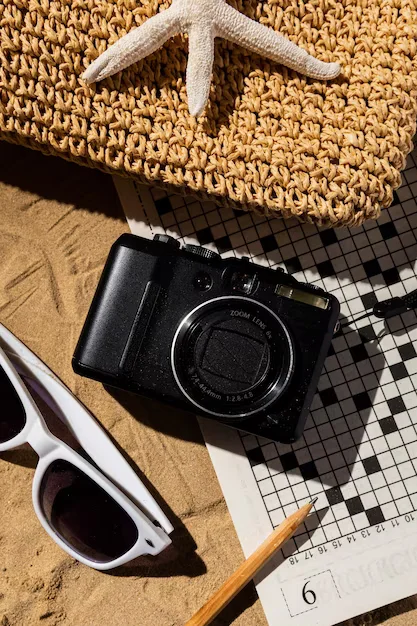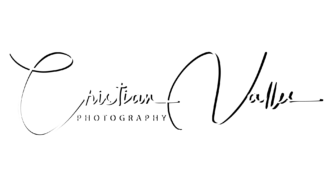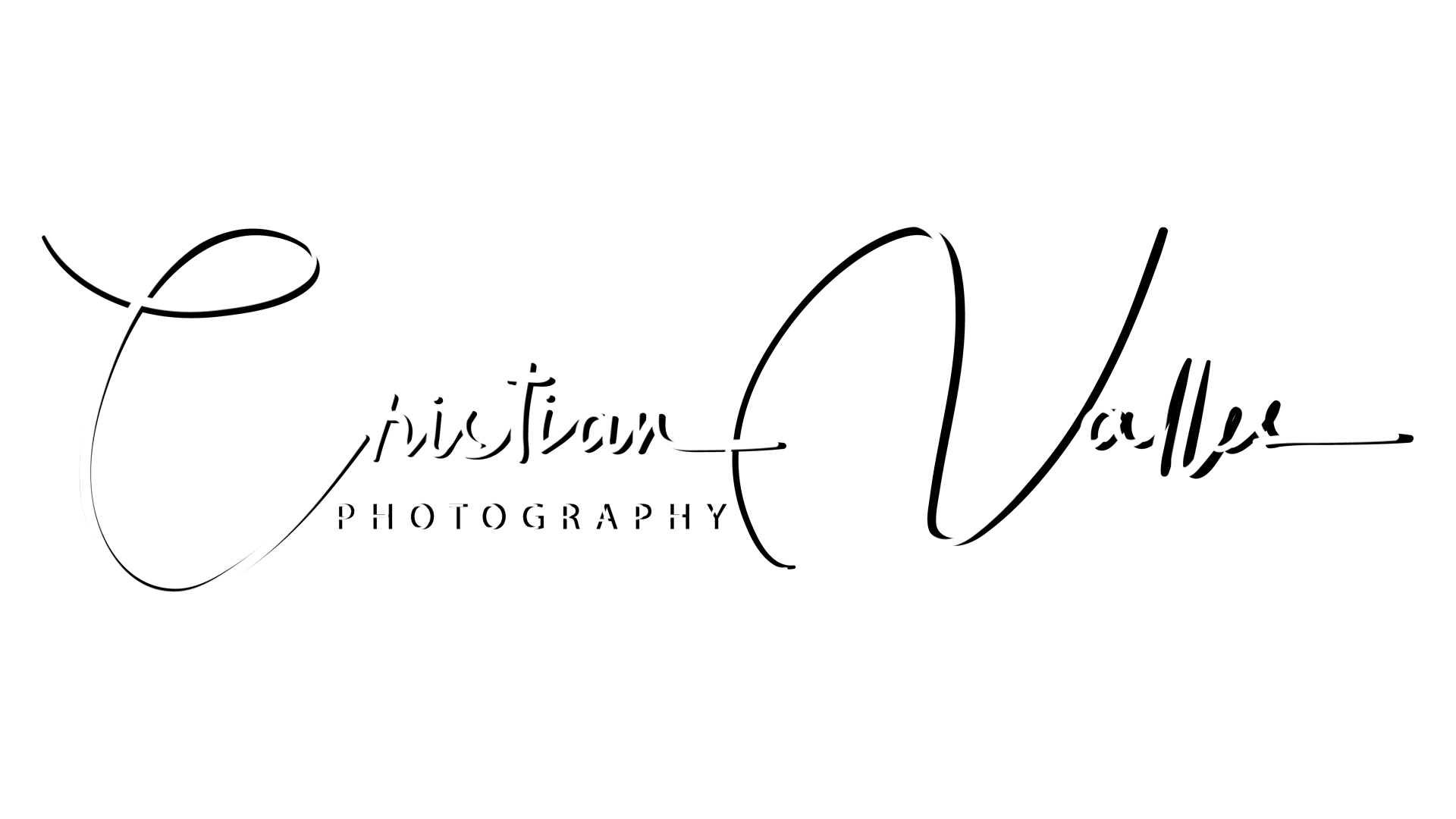Fashion product photography is a specialized field that plays a fundamental role in the promotion and marketing of garments and accessories in the fashion industry. This form of photography focuses on attractively capturing fashion products, highlighting their unique features, and conveying the essence of the brand.
In a world where images have a significant impact, fashion product photography becomes an essential tool to stand out in a highly competitive market. Through carefully composed images, the aim is to capture the attention of the target audience and arouse their interest in the products on display.
A crucial aspect of fashion product photography is visual quality. Every detail, from the texture of the fabric to the colors and patterns, must be accurately captured to convey the essence and style of the garment. Proper lighting plays a key role in this process, as it brings out shapes, creates strategic shadows, and enhances details.
In addition, the choice of scenery, props, and the use of models or mannequins also play an important role in creating powerful images. The background and setting are carefully selected to complement and enhance the product, ensuring a consistent aesthetic with the brand.
Post-production and digital retouching are also key elements in fashion product photography. Through the use of specialized software, details can be refined, colors adjusted, imperfections removed, and a flawless final presentation achieved.
High-Quality Photography for Fashion Products
This artistic discipline goes beyond capturing simple images; seeks to convey the essence of fashion garments and accessories in a captivating and attractive way for the target audience.
In this type of photography, each element matters. Every texture, seam, and pattern must be captured with precision and clarity to convey the quality and style of the products. Attention to detail is essential, as it is in these details where the true beauty of fashion lies. Fashion product photography is distinguished by its ability to highlight every detail with exceptional quality.
Lighting is a critical factor in fashion product photography. The way the product is illuminated can enhance or minimize its features. The right light brings out details, creates strategic shadows, and adds depth and dimension to the image. Both natural light and artificial lighting techniques must be considered to achieve the desired effect.
Also, the choice of background and setting is key to highlighting the fashionable product. The background should complement and enhance the product, ensuring that it is the center of attention. The choice of colors, textures, and additional elements in the environment can help create an atmosphere consistent with the brand and the style of the products.
Post-production and digital retouching are essential steps in fashion product photography. Using specialized software, colors can be adjusted, blemishes corrected, sharpness enhanced, and detail perfected. This ensures that the final image is an accurate and attractive representation of the product.

Lights, Camera, Fashion: The Importance Of Lighting In Fashion Product Photography
Lighting is a key element that can completely transform an image, highlighting the details, textures, and colors of the products. In this field, the lights, the camera, and the fashion come together in harmony to create impressive and captivating photographs.
In fashion product photography, the way the product is illuminated can enhance its shape, highlight its details, and create an appropriate environment to convey the style and aesthetics of the brand.
Several lighting techniques are used in fashion product photography. Natural lighting is highly appreciated for its softness and warm tones, especially in photographs of garments with delicate fabrics. On the other hand, artificial lights, such as flashes or spotlights, allow greater control over the intensity and direction of the light, providing the possibility of creating subtle shadows or dramatic contrasts.
The location and angle of the lights are also essential aspects to consider. Headlights can reveal garment details evenly, while angled or sidelights create shadows that add depth and dimension to the image. The backlight can create luminous effects or elegant silhouettes, depending on the creative intent.
The choice of light colors also influences the final image. Color temperature can convey different moods and styles, from warm and cozy tones to cool and modern tones.
It is important to mention that lighting in fashion product photography is not only limited to the product itself but also its environment. The background and the setting must complement and enhance the product, creating an atmosphere consistent with the brand and the message to be conveyed.
How to Create Attractive Images of Fashion Products?
The right combination of visual elements is essential to highlight the beauty and attractiveness of the products, conveying the essence of the brand and capturing the attention of the target audience. Fashion product photography is not just about capturing images, but about creating attractive and stylish visual compositions.
Style and composition in fashion product photography refer to how the elements in the frame are arranged and how a visual harmony is created. It seeks to capture images that are attractive, and balanced, and that highlight the key features of the product.
An essential aspect is the choice of angles and perspectives. Experimenting with different viewpoints can yield surprising results. From frontal shots that show the details of the garment to more creative and dynamic angles that generate visual impact, each choice must be aligned with the intention of highlighting the fashion product in the best possible way.
The rule of thirds is another commonly used technique in photographic composition. By dividing the image into nine equal parts with two horizontal lines and two vertical lines, points of interest are created where key elements can be placed for a pleasing visual balance. This helps to avoid perfect symmetry and brings dynamism to the image.
The use of complementary elements is also important. The accessories, backgrounds, colors, and textures must be carefully selected to create a harmonious fashion product photography that is coherent with the style of the brand. These elements can provide additional context, enhance the main product, and add depth to the image.
Also, negative space or white space can be a powerful tool in composition. By leaving empty areas around the product, it creates a clear focus and accentuates its importance.
The Importance of The Chromatic Palette in Fashion Photography
The color palette plays a fundamental role in fashion photography since colors can evoke emotions, transmit styles and highlight the personality of a brand. In this form of photography, dazzling colors are key to capturing the viewer’s attention and creating powerful images.
Choosing an appropriate color palette is essential to transmit the desired visual message. Colors can be vibrant and bold, soft and subtle, or even monochrome for specific effects. Each shade and color combination should be in harmony with the brand’s aesthetics and style and highlight the unique characteristics of fashion products.
Furthermore, colors can have cultural or symbolic connotations and associations. For example, red can evoke passion and energy, blue tranquility and confidence, and yellow joy and optimism. By understanding the meaning of colors, they can be used strategically to convey specific messages and create an emotional connection with the viewer.
Lighting also plays an important role in how colors are perceived in fashion product photography. Light can influence the intensity, hue, and saturation of colors. Proper lighting can enhance the richness and vibrancy of colors, while poor lighting can wash out or distort them.
The composition can also benefit from a well-defined color palette. By using complementary colors or colors that create interesting contrasts, visually striking and balanced images can be achieved. Also, selecting a background or environment that harmonizes with the colors of the products can help create a cohesive atmosphere and enhance the overall aesthetics of the image.

Choosing a Background and Setting in Fashion Product Photography
A careful choice of background and setting can make the difference between an ordinary image and a striking and attractive image.
The selected background should complement and enhance the fashion product, ensuring that it is the center of attention. A simple and clean background can allow the product to stand out clearly, avoiding distractions and focusing the viewer’s gaze on key details and features.
On the other hand, a more elaborate and creative background can add a touch of style and personality, giving a unique atmosphere to the image.
Along with the background, the setting also plays an important role in fashion product photography. The choice of additional elements in the environment, such as accessories, furniture, textures, or colors, can help create an atmosphere consistent with the brand and the style of the products.
These elements can complement the story that you want to tell through images and generate an emotional connection with the viewer.
It is essential to consider the aesthetic and the message you want to convey when selecting the background and setting. For example, a minimalist and elegant background can convey sophistication and modernity, while a more natural and organic setting can evoke a bohemian or relaxed style. It is important that the background and setting are in tune with the identity of the brand and reinforce its image.
Lighting also plays a crucial role when working with backgrounds and settings. The way the environment is lit can influence the atmosphere and how fashion products are perceived. Soft, diffused light can create a feeling of warmth and softness, while more intense, directional light can create contrasts and create a more dramatic mood.
Models and Mannequins: How to Use Them in Fashion Product Photography?
The use of models and mannequins allows to show how the products look when used and to convey the image and style of the brand more effectively. Both models and mannequins have their own advantages and considerations when used for fashion product photography.
Models are great for showing what a garment or accessory looks like when worn. They allow viewers to get a clear idea of how the product fits, fits, and fits on the body. In addition, the models can help convey the style and personality of the brand, since they can express emotions, attitudes, and gestures that complement the image of the products.
When using models, it is important to select those whose appearance, attitude, and style align with the brand and the target audience. Professional models are often experienced in proper positioning and expression, helping to highlight products effectively. Also, different poses and angles can be used to capture the key details and features of the products.
In contrast, mannequins are a useful option when you want to focus attention exclusively on the product itself, without the influence of a human figure. They allow the shapes and cuts of garments to be shown clearly and precisely, providing a detailed view of the design and structure of the product. They are also beneficial when going for a more minimalist look.
When using mannequins, it is important to select those that fit the brand’s style and aesthetic. Mannequins can be full body, torso, or extremities, depending on the part of the product that you want to highlight. Plus, accessories such as heads, hands, or feet can be used to add more realism and context to the product.
At DigiPixel, we understand the importance of optimizing your website for search engines. With our expertise, empower your website today and unlock its full potential with DigiPixel!
Retouching and Postproduction in Fashion Product Photography
Digital retouching is used to correct minor blemishes and improve the overall appearance of products. This may include adjustments to color, brightness, contrast, and sharpness to achieve a balanced and attractive image. Likewise, stains, wrinkles, or minor defects that may distract from the product itself can be removed.
Retouching also allows you to make specific adjustments to certain areas of the image. For example, key details such as textures or ornaments can be highlighted using selective focus techniques. The skin can be smoothed or the product’s shape and contour adjusted for a more polished and attractive presentation.
Post-production also includes the selection and editing of the best shots from the photo session. It is common to take multiple photos of the same product from different angles and perspectives to provide options during the selection process. The most striking images are chosen and additional editing is done to make sure they meet the desired quality and style standards.
It is important to maintain a balance in the editing process. While it is legitimate to enhance the appearance of products, it is also essential to preserve their authenticity and avoid over-editing that distorts reality. The edition must complement and enhance the positive aspects of the products, without creating unrealistic expectations in consumers.
Style Under the Open Sky: The Magic of Outdoor Fashion Photography
Outdoor fashion photography has become increasingly popular in the fashion industry as it brings a fresh, authentic feel to images as well as allowing for a closer connection with nature.
One of the advantages of outdoor fashion product photography is the wide variety of settings available. Besides, natural sunlight creates soft, flattering lighting that enhances the colors and textures of the garments.
The outdoor setting also offers the opportunity to tell stories through photography. The nature, architecture, and daily life in the surrounding environment can add narrative elements and contextualize fashion in a unique way.
In addition, outdoor product photography allows for greater flexibility and spontaneity in artistic direction. Fluid movements, natural gestures, and moments captured on the fly add an element of dynamism and authenticity to images. This creates a more intimate connection between the viewer and fashion, as the garments are shown to fit and move in a real environment.
Cristian Valles Films is recognized for his talent and experience in fashion product photography. With a unique approach and a passion for capturing the essence of each garment, Christian Valles creates captivating images that highlight the beauty and style of the products.
His ability to play with lighting, angles, and details ensures that each image is flawless and attractive. Plus, his collaborative and professional approach guarantees fluid communication with clients, understanding and exceeding their expectations.
With Cristian Valles Films, each fashion product comes to life, conveying its history and charm through images of exceptional quality.


